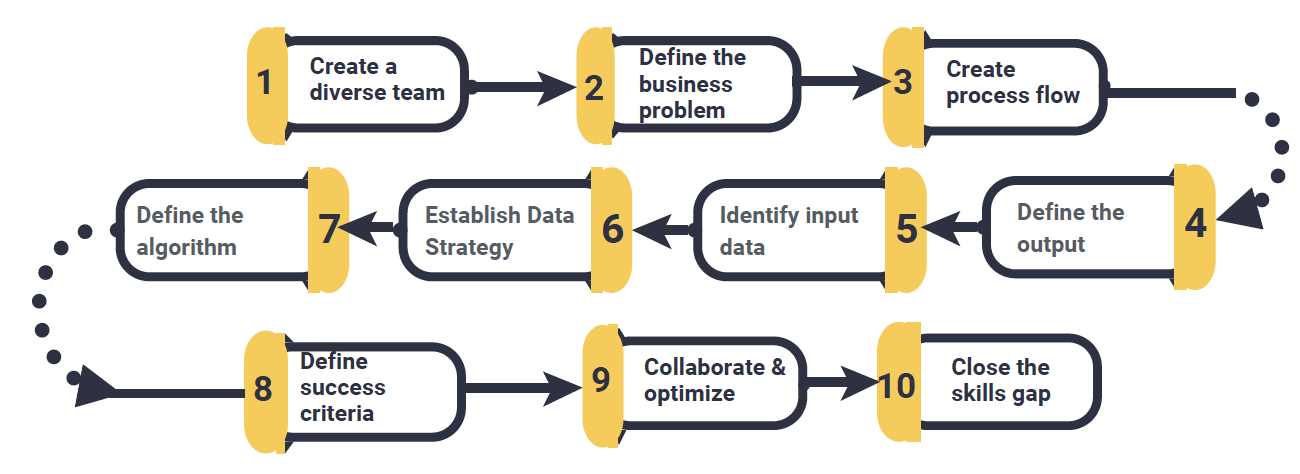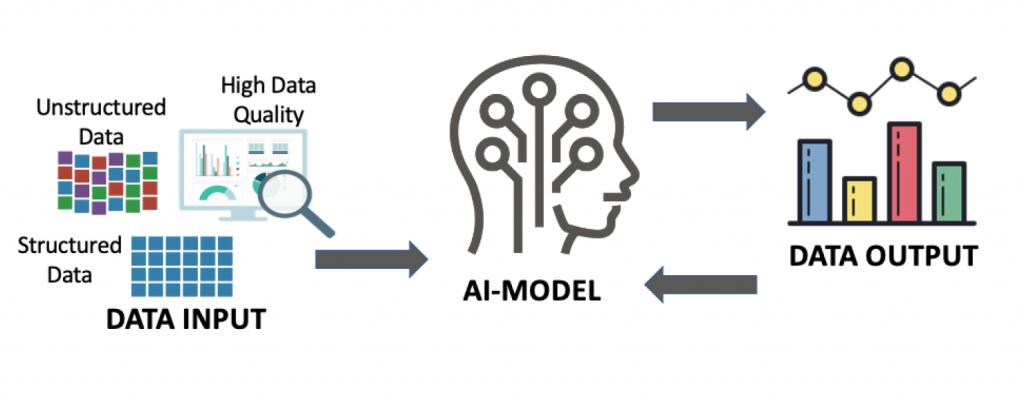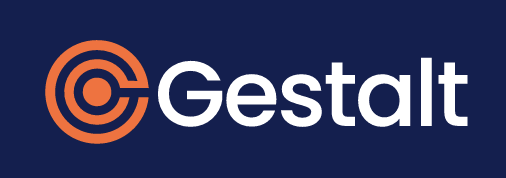As companies evolve at breakneck speeds, they embrace emerging technologies such as Artificial intelligence, Internet of Things, Blockchain to become more competitive and dominate their markets. Companies are investing in training their business managers in AI / ML with the belief that it will catalyze innovation within their organizations. Simply understanding the technology, however, isn’t what leads to success. Decision makers and managers need to understand the overall fitment of AI / ML in their business strategy, new business process flows, and the data infrastructures necessary to support this investment, amongst other things. Below, we have distilled the 10 step approach that companies should follow, in order to succeed in their AI innovation projects.

1. Create a diverse team: Make sure that the team working on the AI project is full spectrum from business domain experts to technologists and ai experts, to operations and strategy folks. Just as it is necessary to understand which ai model/ algorithm to use, It is equally important to understand the business process architecture, so as to make sure the solution is not disjointed but works seamlessly across business processes.
2. Define the problem: Spend time to identify areas in your business that can benefit from AI algorithm. How to spot them? Look for AI product patterns and apply them to the business problem to see if it can help resolve it. Four commonly used Ai product patterns are computer vision (eg. Biometrics), NLP (eg. Google translate), next-in-sequence prediction (eg. Predicting sales), collaborative recommendation(eg. Netflix).
3. Create process flow: create the flow diagram for the business process where the problem is occurring. This will give you a clear picture of where the AI intervention needs to occur. It will also help you understand which other business decisions need to be made to ensure successful solutioning for this problem. For eg. Any additional costs introduced with AI solution, or any changes in the business process definition or roles of employees etc.
4. Define Output: Once problem is defined and a product pattern identified to apply to it, start by identifying what output you want your algorithm to generate. For eg, are you trying to predict a future event, identify the presence or absence of item, recommend product to customer, perform an action based on customer sentiment etc.
5. Identify input data: For the outcome you want to see, what kind of training data is required ? Do you have the resources to collect such a data? For eg, to predict the future sales, do you have the past historical sales transactions; to identify presence os a legion/rash, do you have pixelated images to feed into the algorithm etc.
6. Establish a Data Strategy: for AI solution to deliver accurate results, it is important to manage the quality of input data. Whether structured or unstructured, plan to scrub, curate and govern the data closely.

7. Define the Model/ Algorithm: There are numerous of the shelf models available to use. Split the data between testing and training. Start with simple models and test your hypothesis. Use the input training data to train the model. gather feedback from the output to refine the model and then test its accuracy with the input test data. You can combine various patterns to create a more complex but robust models with higher accuracy.
8. Define success criteria: Measurement of any software project is important to get the ROI. Define the success factors and KPIs for each AI undertaking. Also establish the risk factors and keep eye on the cost of software, infrastructure changes and employee upskilling. Reevaluate at a regular frequency as AI projects change fast and you have to be agile to change with them.
9. Collaborate and optimize: Once different teams have come up with their possible AI solutions, take a holistic look at what all the teams are trying to do as an organization and does that agree with the overall business strategy? Do the solutions blend together to create a faster, more efficient organization or the efficiencies of one department get drowned by the inefficiencies of the other leading to a failure of the AI project? Pick only those solutions to implement, which lend themselves to a collaborative improvement. Implement pilot projects successfully before scaling them.
10. Close the skills gap: For AI solutions to work successfully, the employees need to be reskilled on the concepts of AI, on handling changes in the business processes and a mindset change to look at the new evolving paradigm and use the AI results to create new efficiencies in the system. Keep employees upskilled to handle the future finetuning and changes of the AI algorithms.
Published by Nidhi Makhija on Feb 2,2021

